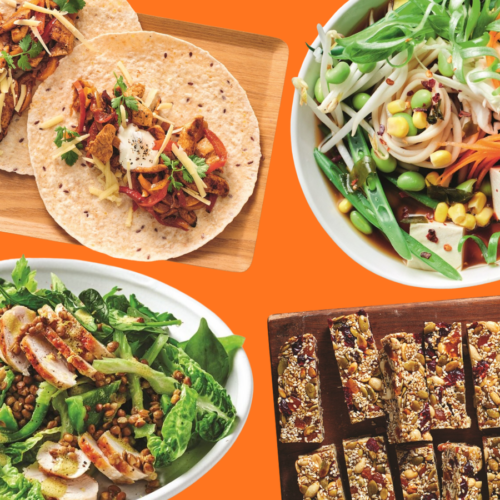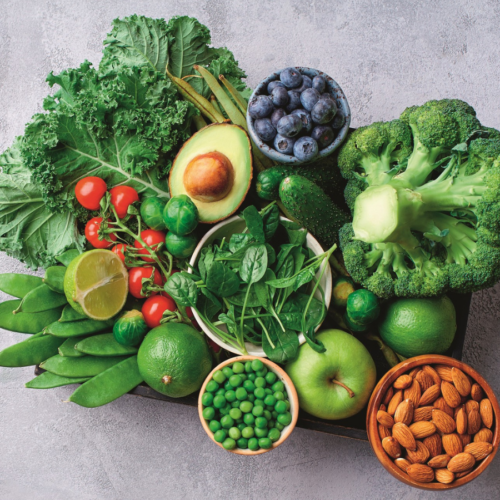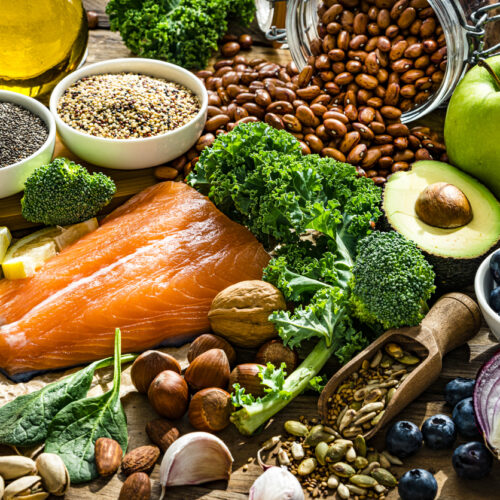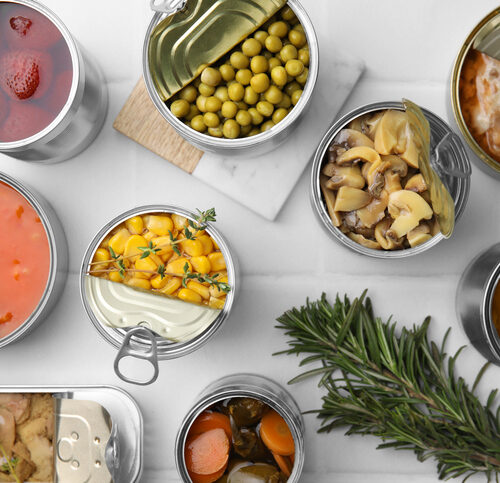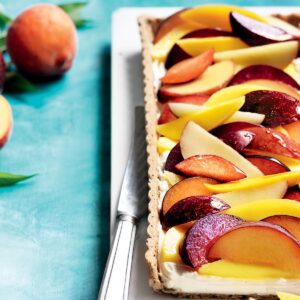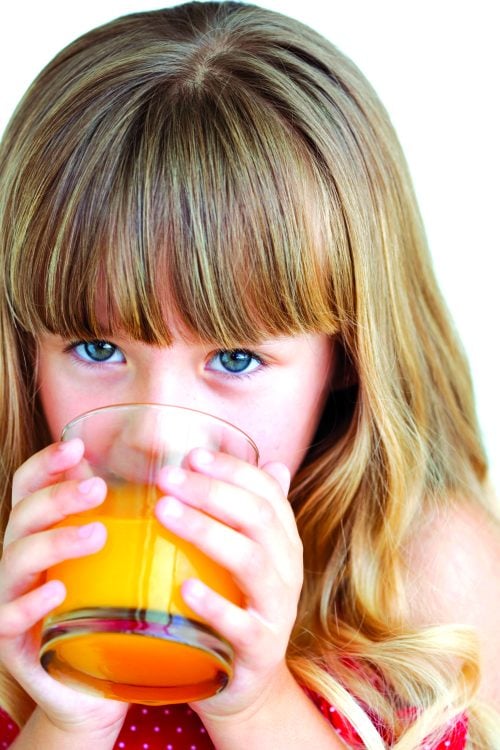
Fruit and vegetable drinks may claim to have health benefits, but to find the true nutritional value of these packaged products it pays to look at the ingredients list. Rose Carr explains.
What’s available?
There is a lot going on in the drinks aisle. There’s fruit juice, fruit drinks, fruit juice concentrate, fresh juice, 100 per cent juice – and many make claims about their health benefits. So you could be forgiven for finding it quite confusing. Here’s a breakdown:
Fruit or vegetable juice must be made from 100 per cent juice. It can be reconstituted from concentrated fruit juice. Because water-soluble vitamins can be lost when juice is concentrated, vitamin C is often added back when concentrates are used. If this is the case, it will be listed in the ingredients on the pack as vitamin C or ascorbic acid, along with any other added vitamins.In juice blends, apple juice is often used as the base and can be a large part of the juice even when it isn’t mentioned in the name.
Fruit juice concentrate contains 100 per cent concentrated juice. This is similar to regular juice once water is added, although it may not contain as much vitamin C. Fruit drink must contain a minimum of five per cent juice.
Fruit-flavoured drink is just flavoured, sweetened water. While these may have their place, they do not offer the nutrients that juice has.
There is huge variety in these drinks so don’t be taken in by the pictures of fruit on the labels: reading the ingredients list is the only way to know what we’re getting.
Nutrients
Fruit and vegetable juice contains a range of vitamins, minerals and health-promoting phytonutrients.
Juice is often an excellent source of vitamin C: for good health women are advised to get 190mg each day and men, 220mg, and a glass of juice can provide around half of that.
Some vegetables are a good source of vitamin A, and some juices list their vitamin A content. A daily amount of 1220mg (women) to 1500mg (men) of vitamin A is recommended.
Fruit and vegetable juice can also be a good source of potassium, which is important in maintaining healthy blood pressure. Getting 4800mg of potassium each day is advised and some juices will provide around 10 per cent of that (480mg) in one glass, although amounts vary and potassium is often not listed on the label.
Sugar
Almost all the energy (kJ) in juice comes from the natural sugars in the fruit or vegetables. However, juice is allowed to contain up to four per cent added sugar and the only way to know if sugar has been added is to read the ingredients list.
In fruit drinks the energy is mainly from added sugar, although some, such as Ocean Spray Light Cranberry drink, contain artificial sweetener so have less sugar and energy.
Hydration
Fluids are important and juice does count as part of your fluid intake for the day. But be aware of the kilojoules you are consuming. Water also keeps us well hydrated, and does the job for zero kilojoules.
An extra vege or fruit serve
We love that there are now more juices available that include vegetables. Five serves of vegetables and fruit each day is a minimum but more than that is so much better for us – especially if we work on increasing vegetables first.
Juice is an easy way to add an extra serve of veg or fruit. But only count it as one serve: juice is more concentrated in energy than a whole piece of fruit or a vegetable and doesn’t contain as much fibre.
Energy
Juice tastes good and quenches our thirst, but it is important to understand how many kilojoules we are adding, whether from natural or added sugars. One 250ml glass of juice can contain 500kJ, whereas an apple or orange has around 215kJ and is more filling. People watching their weight need to be aware of this juice ‘trap’, but for those who need more energy, adding juice is a nutrient-rich way to add kilojoules without adding fat or becoming over-full.
www.healthyfood.com


